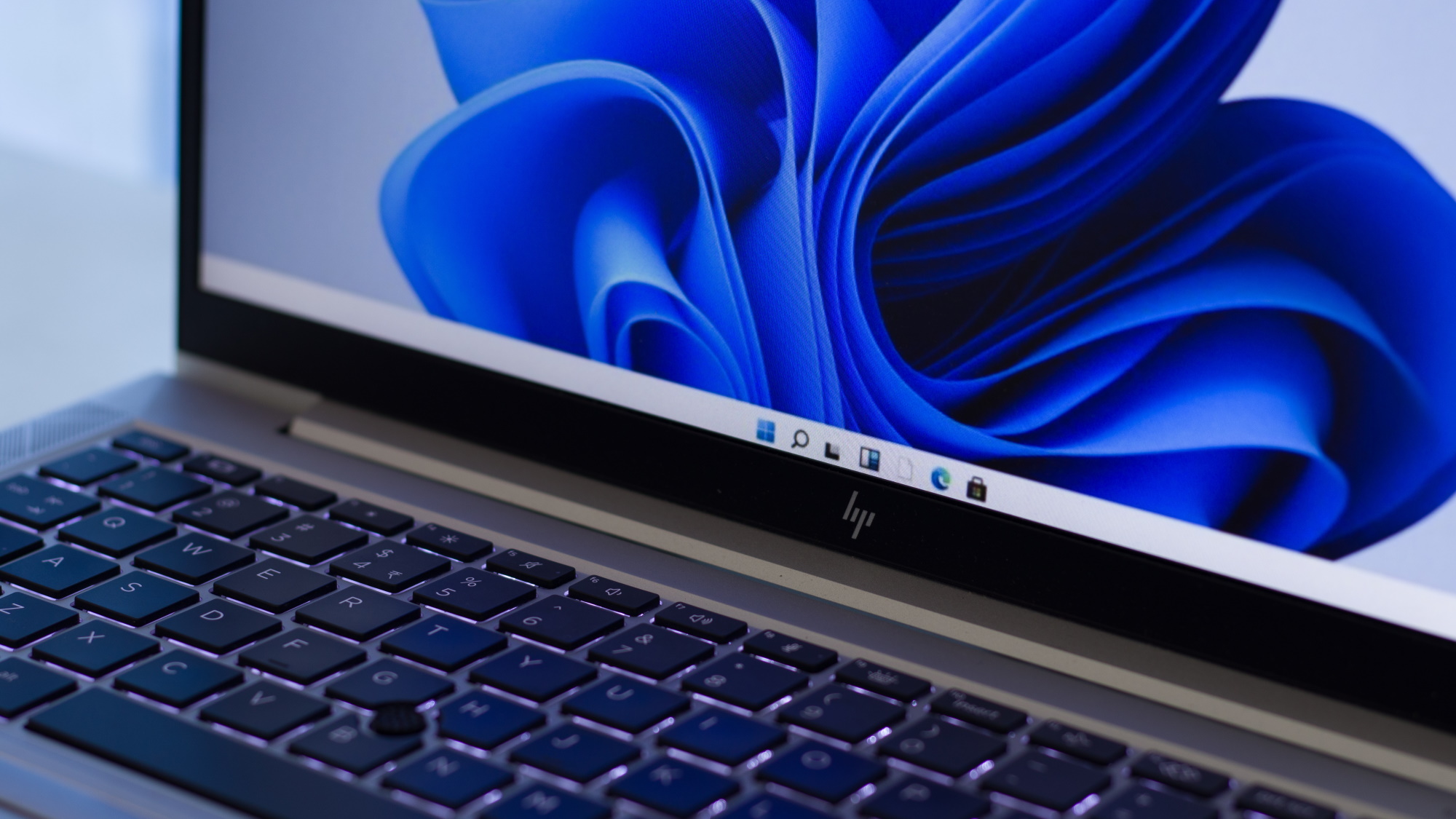Windows 12 could arrive in 2024
Microsoft might be planning to introduce new versions of the OS every three years (sound familiar?)

Microsoft is making a big change with Windows, switching to a new plan of introducing a fresh incarnation of the desktop operating system every three years, with smaller and more regular feature updates in-between.
The move to a new engineering schedule is a rumor floated by Zac Bowden of Windows Central, who is well-connected at Microsoft, and has offered up reliable leakage in the past.
As mentioned, the theory of what’s happening in the future is that Windows will have a three-year release cycle, and as Windows 11 emerged in 2021, that’ll mean an all-new Windows – possibly Windows 12, maybe something entirely different – arriving in 2024 (Windows 24? Windows XXIV? WindowsOS, ahem?). And then another version will pitch up in 2027, and then rinse and repeat (unless Microsoft changes its mind, which is a fair bet, at some point, if recent form is any indication).
Of course, what Microsoft doesn’t want is a return to the not-so-good-old-days of having to wait ages for new features to arrive with a fresh incarnation of Windows, so the current version will be continually updated with new functionality throughout any given year.
So, instead of a big yearly feature update, Microsoft will issue smaller feature updates every few months, up to four of them per year, Bowden asserts.
This situation will come into play from next year, so we’ll still get the Windows 11 22H2 update (aka Sun Valley 2) later this year, of course, but Sun Valley 3 has apparently been scrapped. In 2023, we will instead move to those more compact feature updates rolled out quarterly (or thereabouts), and these will be called ‘Moments’, or at least that’s the working title, it’d seem.
Analysis: A logical extension of what’s already happening?
Let’s wind back the clock a minute. As you may recall, the original plan with Windows 10 was that it’d be the last version of Windows ever (not that we believed that), and it’d be continually updated on a rolling basis, twice per year. That original concept obviously changed with Windows 11 being launched, and big feature updates getting switched down to a level of once per year.
Sign up for breaking news, reviews, opinion, top tech deals, and more.
However, with those major feature upgrades having had their cadence slowed, Microsoft has already introduced ‘experience packs’, which might sound like they’re straight out of a plan to monetize an MMORPG, but are in fact Microsoft’s scheme to bring in more regular updates. Feature experience packs, for example, can be deployed to update legacy core apps for Windows away from a major feature update.
So really, what we’re hearing here is kind of what we already have – with Windows 11 following Windows 10, we could guess another version was likely coming down the line. And Moments are basically powered-up experience packs, and a way to bring in changes that improve the current interface without radically changing it, which are necessary to facilitate more regular tuning for the desktop OS if Microsoft is moving to a three-yearly plan for new versions of Windows – which is a big if. Whereas those entirely new versions of Windows will be where wholesale changes to the UI or user experience are debuted.
Another way to look at this is that it makes sense in terms of being a logical extension of the direction Microsoft has already gone in. And a three-year release gap aligns perfectly with recent history for the software giant, too, with Windows 7, Windows 8 and Window 10 having three-years between them all.
Still, we must regard this as just a rumor for now, even if a lot of it does make sense to us, and it’s from a more reliable source than most for Microsoft-related speculation. And besides, even if it is the current plan at Microsoft, that doesn’t mean it’ll stay that way – the company hasn’t been shy about chopping and changing the way the OS is produced in recent times, of course.
Darren is a freelancer writing news and features for TechRadar (and occasionally T3) across a broad range of computing topics including CPUs, GPUs, various other hardware, VPNs, antivirus and more. He has written about tech for the best part of three decades, and writes books in his spare time (his debut novel - 'I Know What You Did Last Supper' - was published by Hachette UK in 2013).